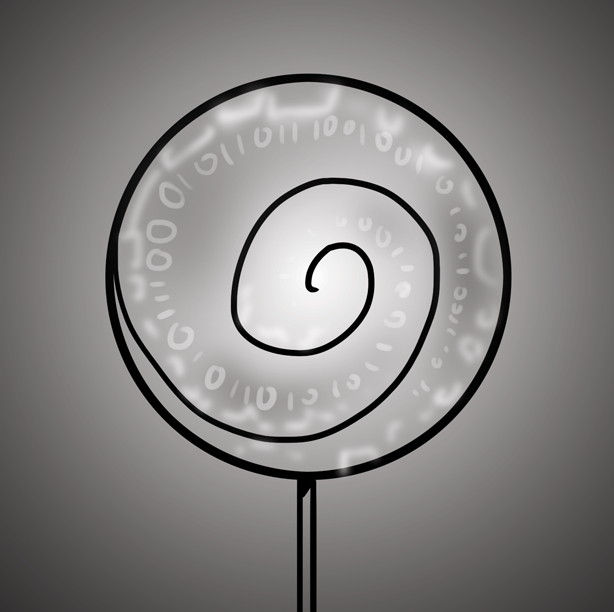By Dessa Bayrock (The Cascade) – Email
Print Edition: November 27, 2013

The last 20 years have seen a massive shift from analog to digital in all sorts of areas – from library catalogues, social interaction, and communication to the way music and film are recorded.
And according to researchers at the National University of Singapore, our sense of taste might be the next to be digitized. They’ve created a taste simulator, which uses a silver electrode to deliver a specific series of changing temperature and small electric currents to trick the tongue into tasting a specific flavour. The device can successfully simulate tastes that are salty, sweet, sour, or bitter – or any combination.
Although this seems like a bit of a novelty item, it looks like it may have useful real-world applications outside of the obligatory now-you-can-taste-your-cooking-shows idea.
Nimesha Ranasinghe presented his team’s research at a conference in Barcelona this fall, and noted several of the possible uses for the device for medical patients in an interview with New Scientist.
“People with diabetes might be able to use the taste synthesiser to simulate sweet sensations without harming their actual blood sugar levels. Cancer patients could use it to improve or regenerate a diminished sense of taste during chemotherapy,” he said.
The device, quickly popularized as “the electric lollipop,” may also help in the ever-popular realm of weight loss. Imagine a smaller version of the device sold as Willy Wonka-esque candies – no calories, no sugars, but all the sweetness and flavour of regular candy.
Back on the novelty side of things, it could also be used as a supplemental feature in video games.
“For example, if you complete a game task successfully, or complete a level, we can give a sweet, minty, or sour reward. If you fail we can deliver a bitter message,” Ranasinghe says.
The team is also working on a way to eventually transmit different tastes from one device to another, envisioning a future in which we can text tastes to one another in the same way we exchange messages or pictures.
There are still some kinks to work out—the team hasn’t quite nailed down the “savoury” flavour profile—and they have yet to announce when any of this research might hit the market in any form. All the same, we might be able soon to pair digital food with digital communication.


